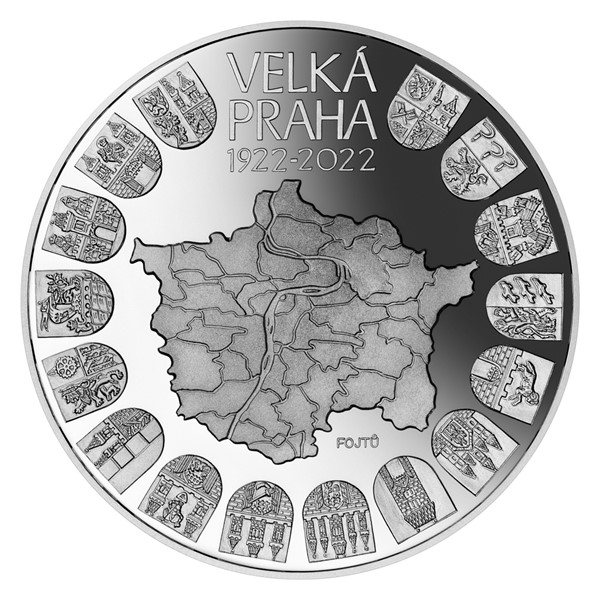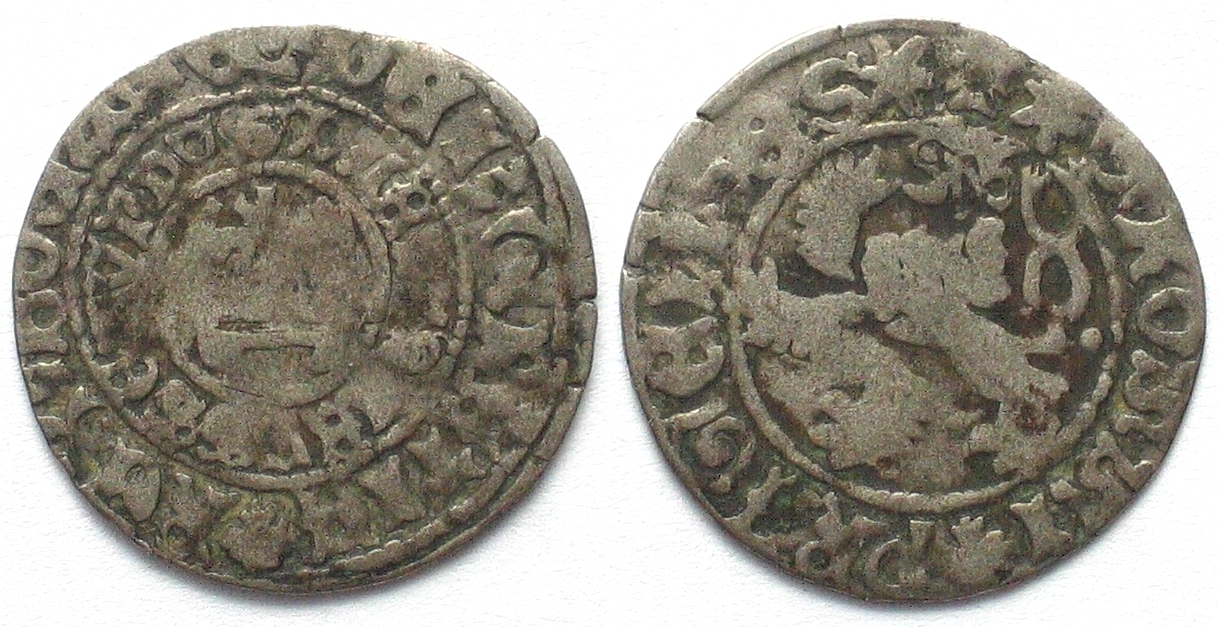New Tips On Vacuum Hardening Prague Mint Coins
How Can You Make The Plaster Cast That Represents An Actual Gold Coin Or Gold Medal?Making a mold of plaster or "maquette" that is based on the gold medal or coin design involves several steps to convert the two-dimensional image into a three-dimensional physical representation of the design. Design Reference- The artist or designer takes the design of the gold coin or medal as a source of reference. The design can be drawn by hand or a digital image made using graphic design software.Choosing the right medium: Plaster is the most common material used for maquettes due to its malleability and its ease of shaping. Other materials, like wax or clay, may also be used.
Plaster Mixing - Plaster and water are combined to create a smooth consistency. The mixture must be smooth with no lumps for an effective mold.
Base Creation- In order to sculpt the maquette it requires a base or platform must be created. This base could either be a wood board or flat surface that offers stability.
The artist starts by creating a maquette of the gold design. The process involves shaping the plaster in order to create a relief or three-dimensional version of the coin, or medal.
Detailing and Refinement- The artist is focused on bringing in details and refinement of the contours and making sure that the design is accurate in proportions and details of the design. This stage demands focus and precision.
Allowing time for drying and setting After the sculpting process has been complete, plaster must be allowed to set and dry. This allows for the maquette's form to be preserved and for its hardening.
Finishing and Smoothing- After drying the surface of the maquette is smoothed, then refined to eliminate imperfections, bumps, or rough areas.
Sealing and Preservationto preserve the maquette, and to prepare it for other processes such as scanning or molding A sealant or a protective layer can be sprayed to the surface.
The 3D plaster model that results is used to illustrate the gold design of the medal or coin. The plaster maquette can be used to make molds for mass-production, as well as to serve as a source material for other stages of the manufacturing process. Take a look at the most popular Prague Mint gold coins plaster molds website tips. including gold dollar coin 2000, 2000 dollar coin, gold silver dealers, gold medal swimming, 1 ounce gold bullion, gold coins for sale, one ounce of gold, 50 dollar gold coin, liberty gold coin, gold coins near me and more.

Why Do Dies Used For Striking Gold Coins Or Medals Go Through Vacuum Hardening Processes?
The technique of vacuum hardening is utilized in the manufacturing of gold medals or coins. The process involves heating dies to high temperatures and then exposing them to controlled environments in the vacuum. This article will provide an outline of the vacuum hardening procedure used for die preparation and Cleaning-
When creating dies to be used in striking metals or coins, it's crucial that they are clean of any residues or contaminants.
Moving into the vacuum furnace
The dies are placed inside a vacuum furnace, which is a special heat-treating chamber capable of creating the conditions of a vacuum.
Evacuation via Airplane
The vacuum chamber is constructed by removing air from the chamber and establishing an environment controlled and devoid or oxygen. This ensures uniform heating and prevents the process of oxidation.
Heating Phase
The furnace then gets heated up to the desired temperature to harden the dies. The temperature is determined by the material being used and the method by which it will be cured.
Soaking at High temperatures
The dies will be maintained at temperatures that are high for the duration that is necessary to ensure that the material reaches and maintains the desired level of hardness.
Cooling and Quenching
Using specialized methods using specialized techniques, dies are swiftly cooled down or quenched after the soak process. Rapid cooling helps to lock in desired hardness and strengths within the metal.
Tempering (Optional).
In a few cases it occurs following the hardening phase. Tempering involves reheating dies to a lower temperature, which helps relieve internal stresses and improve toughness while maintaining toughness.
Quality Control and Inspection
Die dies are subjected to rigorous quality tests and inspections to confirm they are in compliance with the requirements for toughness, hardness and dimensional tolerances.
Post-Treatment Handling-
The dies will be subjected to further processing, such as coating or polishing, prior to being used for coin or medal striking.
The process of forming a vacuum enhances the strength, durability as well as the resistance to wear and life expectancy of the dies, which are employed to make medals or coins. This process produces a controlled and safe environment that is free of contaminants from the atmosphere to ensure consistent and reliable hardening. It also contributes to the quality of the finished product. Take a look at the best vacuum hardening Czechoslovakia gold coins more examples including gold silver shops near me, old silver dollars, platinum coins, gold coins for sell, american eagle gold coin 1 oz, sacagawea gold dollar, gold krugerrand, $50 gold piece, coin buy gold, buy gold bullion and more.
How And Why Are Certain Types Of Finishes, Such As Texture Or Matte Surfaces Achieved Through Sandblasting?
Sandblasting is a powerful method for creating matte or textured surfaces on silver or gold coin and medals. This is how and why it is used.
Surface preparation- The medal or coin is put in an enclosure or chamber with a nozzle that is connected to an air compressor. This chamber can be sealed to keep the abrasive substance that is used in the process.
Abrasive material selection - High speed propulsion of small particles of abrasive abrasives, like silicon carbide or sand, or glass beads and aluminum oxide onto the surface.
High-Pressure: The abrasive grains are driven towards the surface by compressed air or another high-pressure equipment. The texture and finish of the surface are dependent upon the force and velocity at which the particles hit the surface.
Texture creation- By altering the surface topography due to the impact of the abrasive particle creating a texture. This is used to create a smooth surface or to create a rough texture in certain regions.
Sandblasting may have its intensity, duration and angle controlled, resulting in different textures or finishes. Different pressure levels or abrasives result in different outcomes.
Sandblasting is used for many reasons
Texture variation - Sandblasting can create a variety and finishes like smooth and grainy, frosted, or textured surfaces. This adds visual appeal to coins or medals.
Aesthetic Enhancement- Sandblasting alters the appearance of a surface. It disperses light reflections and decreases the shine. This enhances the aesthetic appeal of a medal or coin. Matte finishes can be used to highlight certain particular design elements by reducing the the glare.
Sandblasting properties to reduce glare - Through using sandblasting techniques, a matte or textured surface can be produced. This helps reduce glares as well as reflections. The medals and coins are then more attractive and clearer to view with no light interference.
Contrasting Design ElementsSandblasting can create contrast between textured and polished areas on the medal or coin, emphasizing specific design features or giving the appearance of depth and dimension.
Sandblasting is an excellent method to create distinctive designs. It lets you make your mark artistically and create coins and medals in various designs and textures.
Sandblasting, a method that is versatile, is used to create various designs and finishes for the surface of medals and coins. It improves the aesthetic appeal, visual appeal and overall appearance. Follow the top sandblasting Czechoslovakia gold coins blog advice. including one ounce gold bullion, buy gold and silver, 100 grams gold biscuit, congressional gold medal, gold coin gold, one ounce of gold, bullion gold bars for sale, purchasing gold bars, angel coin, euro coins and more.

How Do Gold Medals Or Coins Go Through Quality Control To Ensure They Meet Requirements??
After minting the gold coins or medals, they undergo rigorous quality inspections to ensure adherence to specifications, accuracy, and surface quality. The quality checks are comprised of many stages.
Certified inspectors examine every medal or coin for any surface defects, blemishes, or imperfections. They check the coin for marks or scratches and also discolorations that could have an impact on its appearance or value.
Dimensions and weight
Each coin and medal is tested for weight to ensure it's in compliance with the stipulated dimensions such as weight, thickness, and diameter. Any deviations might indicate a product issue.
Metal Purity and Composition-
Utilizing X-ray fluorescence (XRF) as well as chemical analysis, or other tests to determine the gold content and purity of the coins or the medals. They are able to ensure that they meet the minimum gold content as well as quality standards.
Edge InspectionEdge Inspection
Inspectors examine the edges of the medals or coins to ensure uniformity as well as Reeding (if present) and for any other imperfections. The edges is a good place to include security elements or designs.
Strike Quality
All minted coins are assessed for their quality of strike. This includes the precision and clarity in design details reliefs, as well as the overall appearance.
Correction of Minting and Proofing Errors
For proof or special edition coins, careful inspection is conducted to identify any flaws, minting errors, or discrepancies that might influence the value of the coin's collectible.
Packaging and presentation
Quality checks extend to packaging and presentation to ensure that the coins or medals are correctly sealed, stored, or placed in cases or holders without any damage or contamination.
Random and Sampling Checks
To ensure consistency in quality To ensure consistency in quality, random sampling or checks across batches is carried out.
Documentation and compliance
All quality checks must be documented in order to ensure compliance with all regulations, certification requirements, and standards for minting. These records are proof of the authenticity and quality of the product.
Rejection of non-conforming pieces
In order to maintain integrity and overall quality, coins or other items minted that don't meet the specified standards of quality are discarded or returned for reprocessing.
These comprehensive quality checks are performed by mints and certification agencies to make sure that gold medals or coins meet the standard of purity, accuracy and appearance. This provides assurance to collectors, investors and consumers about their quality and authenticity. Read the recommended Czechoslovakia gold coin quality control more advice. including gold buffalo, 100 grams gold biscuit, 10oz gold bars, best place to buy gold bars, 24k gold coin, silver price in dollar, gold biscuit buy, 1 oz gold coin, 1 0z gold, gold medal of olympic and more.
